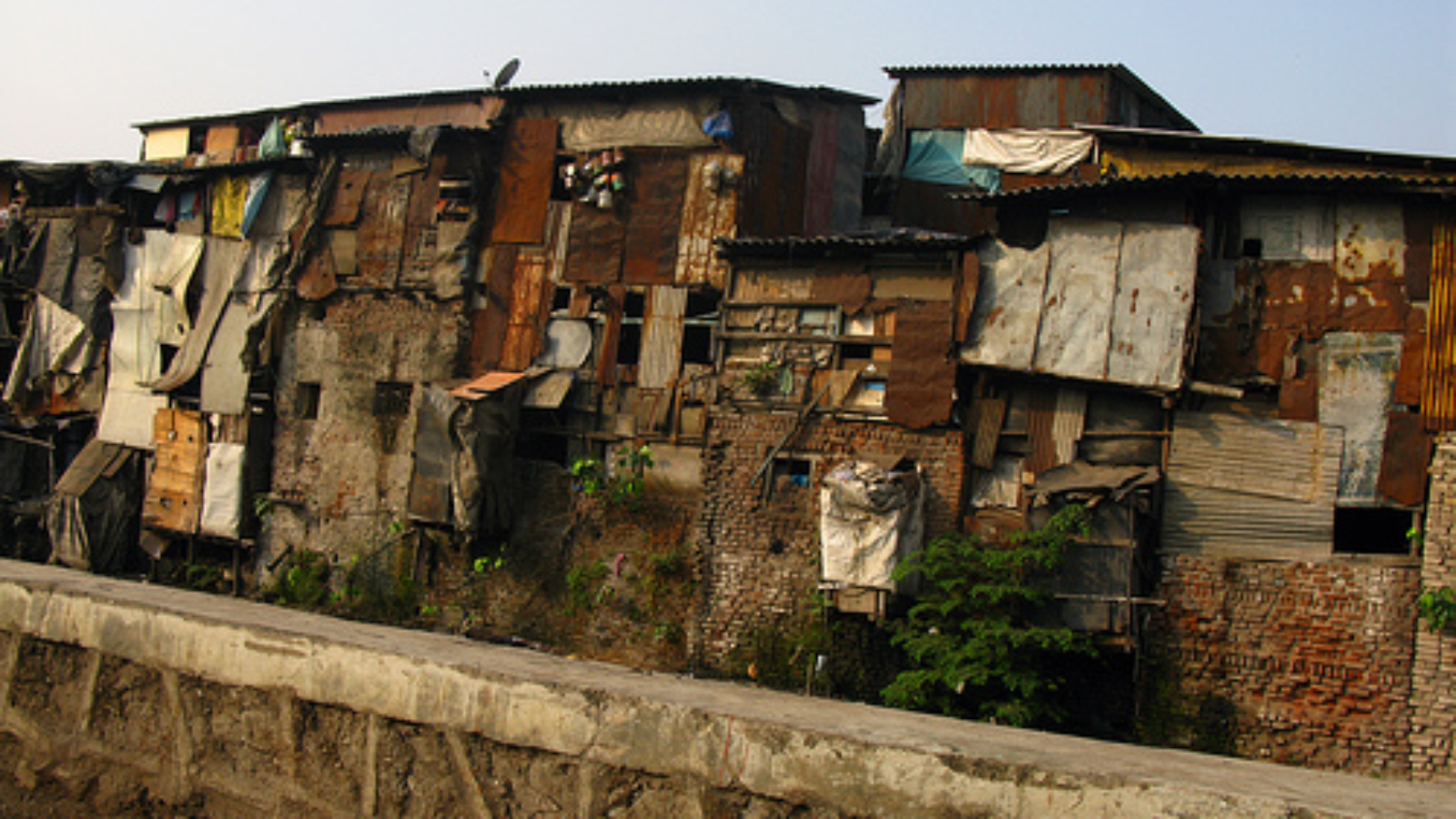[Editor's note: The theme of the Winter 2010-2011 issue of World Policy Journal is “Megalopolis: The City of the 21st Century.” We asked experts, policymakers, and writers from around the world to answer this question: “In the future, what will our cities look like?”]
By Sujata Patel
Growing up as a middle class teenager in Bombay, the city represented a life of freedom, facilitating the creation of new worlds of work and leisure—all intrinsically emancipatory. It was a site for the growth, development and spread of new ideas, ideologies and the social images. It allowed the growth of new ways of dreaming and living and thus encouraged a confidence in recreating lives in myriad of ways. I thought cosmopolitan narratives thrived in cities.
Over the years I have realized that cities are more complex than the social worlds we imagined we can create. And that’s because, like other systems of social organization, it caters to individuals and groups in distinct and uneven ways. If some find confidence to dream, others recognize it as a site of extreme violence and exclusions. If it allows and creates space for new forms of autonomy and independence to be organized for many, it is also a site for institutionalizing constraints and systemic cultural control, together with decreasing purchasing power and increasing poverty.
A large part of the world’s population live and work in the informal sector— in informal communities, slums or squatter settlements. Often their work and home are one—energy saving, allowing integration of family and work. Our first challenge is to rethink development and sustainability to ensure that this kind of economic organization, based on low energy costs and appropriate technology, become a model for reframing the global economy.
Sujata Patel, a professor of sociology at the University of Hyderabad, India, has written over 40 papers and co-edited six books about ethnic/religious identities in the city.
Photo from Flickr via Jon Baldock nz
